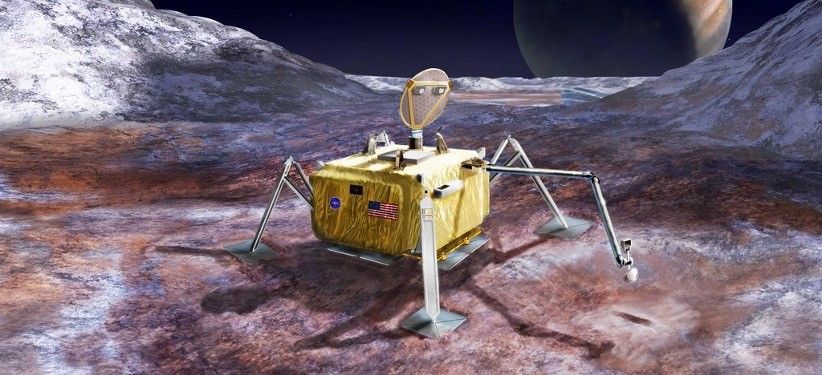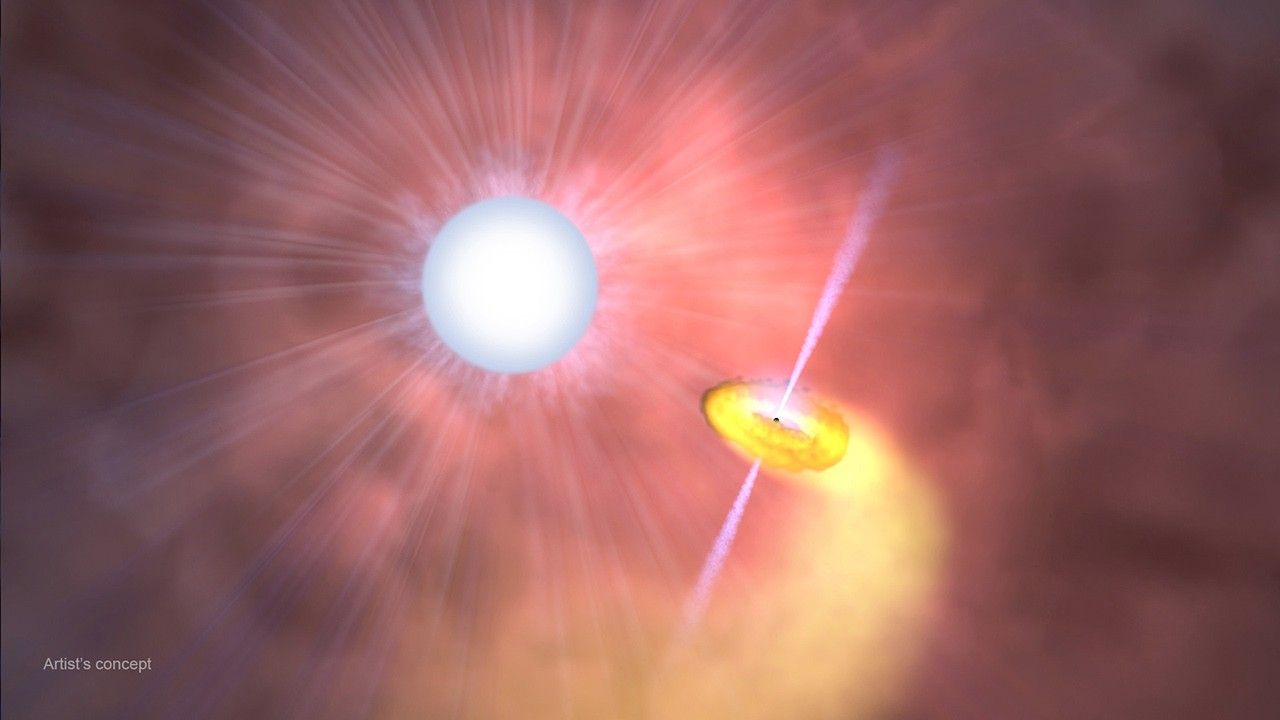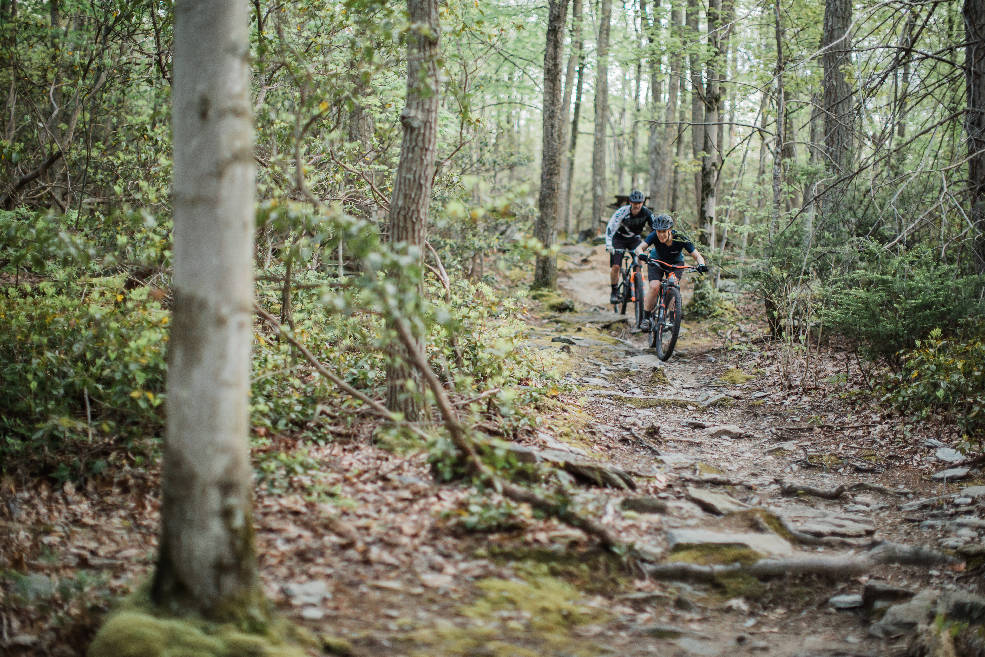What is your role at NASA?
I am a science writer, which is a translator of the language of science into something relatable and understandable to the general public.
I am currently with NASA’s Earth Observatory. Our main product is the Image of the Day and part of my job is to research and write stories about these images so readers can get excited about them, know why they are interesting, and hopefully learn a thing or two.
How long have you worked here?
I have been with NASA for about 13 years. I started out with the Earth Science News Team, and also did some work for the Cryospheric Sciences Lab (and fell in love with ice). Since 2014, I have been with Earth Observatory.
What is your background and why did you choose to work at NASA?
I initially wanted to be an astronomer. In summer 2001 I was working at a telescope for an undergraduate project at the University of Washington. People kept calling the observatory and asking about strange lights in the sky. We were so focused on collecting data for a moon millions of miles away that we never noticed meteors from the Perseid shower streaking across our own atmosphere. I found myself looking forward to talking with people that called the observatory — explaining our science project to them, and learning about a meteor shower in return.
I realized that astronomy wasn’t right for me, so I studied science writing at Johns Hopkins and film at American University. That was when the job opportunity came up. A classmate showed me a job listing for video production at NASA. I applied for that job, but they offered me a science writing position instead. I still see that moment as a major turning point in my life.
What does a day on the job look like?
A lot of desk work. If you are a writer that is something you have to be comfortable with and get used to. Our team starts the day by identifying high priority stories — by scanning the news and satellite images for natural events and reviewing research papers and tips from scientists and colleagues. Then, the writers research the topic, interview experts, and write the story in tandem with a data visualizer who is developing the images. Publish and repeat.
Every now and then we have the opportunity to travel. I continue to admire the dedication of scientists and crew who put in long hours in remote places — sometimes for a large chunk of the year — collecting field data to compliment satellite data. When I participate in a field campaign, I’m there just long enough to tell the story, then it’s back to the office. We have a nice mix here.
What is your favorite part of your job?
Field campaigns, especially because I like to experience firsthand the story I am writing about. In 2017, for example, Earth Observatory sent me to report on NASA’s Operation IceBridge mission when it was making research flights over Antarctica. I had previously been writing about an iceberg the size of Delaware (A-68A) that had broken off from the Larsen C ice shelf. I covered that event for over a year, from the time the ice shelf first developed a rift until the iceberg finally broke and floated away. But to fly over it and see it with my own eyes really impressed on me the magnitude of the event.
What inspired you to become a science writer?
I was at a crossroads trying to figure out what to pursue professionally when I learned that numerous graduate schools had science writing programs. I was surprised to learn that I could make a career out of learning new things directly from the experts and then relay that information to others. Becoming proficient at the craft was hard work, especially because I hadn’t focused on writing as an undergraduate. It’s something I continue to practice every single day.
What is your proudest accomplishment?
Our content ends up republished and repurposed all over the place, and I can never truly grasp how many people read what I write. But there was one photograph that I took in 2011 that seems to have made a lasting impression. While covering a NASA field campaign on an icebreaker in the Arctic Ocean, I shot a picture of meltwater ponds on top of sea ice. The image went viral and almost 10 years later I still see it show up in various publications. My hope is that the image inspires people to think about this important region of our planet that is often out of sight and out of mind.
Who or what has shaped you personally and professionally?
My editors over the years, including Earth Observatory editor Mike Carlowicz. I’m lucky to have had editors who care about more than speeding things along to publication — that’s often all you have time for. But the deeper feedback that makes you consider “why did I do it this way and not that way?” is what ultimately helped me develop as a writer. It’s also the job of the writer, when appropriate, to push back and ask questions. Perfect that dance and you can turn out some pretty great products.
This even goes back to my editors at Johns Hopkins magazine, the Baltimore Sun, and Earth Magazine. They all invested a lot of time in me, and I hope I can do the same for other writers.
What advice would you give a recent graduate seeking a career with NASA?
Mentorships are really important. Find the right mentor to guide you. Sometimes that is luck and sometimes that takes some effort.
What is your favorite geo-topic to report on?
Ice! In 2009, Steve Cole of NASA Headquarters public affairs flew along on science flights over Antarctica for one of the first Operation Icebridge campaigns. From my office, I helped Steve publish live-tweets from the aircraft as he described the region’s enormous icebergs and the various in sea ice types. It was my first window into the beautiful and vast topic of ice. More than a decade later, discoveries based on data from the Icebridge campaigns and now the ICESat-2 satellite keep on coming — giving me plenty to write about.
Is there a question in Earth Science that is frequently on your mind and hasn’t been solved?
All of them. Research is constantly evolving. For example, phytoplankton blooms. In our stories about satellite images that show a bloom, we often say we don’t know for sure what species this is without a physical sample. I look forward to someday being able to say what the various blooms are composed of based on satellite data. “They” are working towards that.
If you could go anywhere in the world, where would it be?
I would love to go dive below the Arctic sea ice although I hate being cold so I guess that part wouldn’t be fun. I want to see for myself what is there rather than simply viewing footage from a camera under water.
What do you like to do outside of work?
If it has two wheels, I’m on it. Most often that’s a mountain bike, and more recently a dirt bike. Finding the “best” line through the woods is like putting together a puzzle, and a lot like crafting a story. There are lots of ways to get down the side of a mountain; some just have better flow than others.
By Andi Brinn Thomas
NASA’s Goddard Space Flight Center, Greenbelt, Md.































